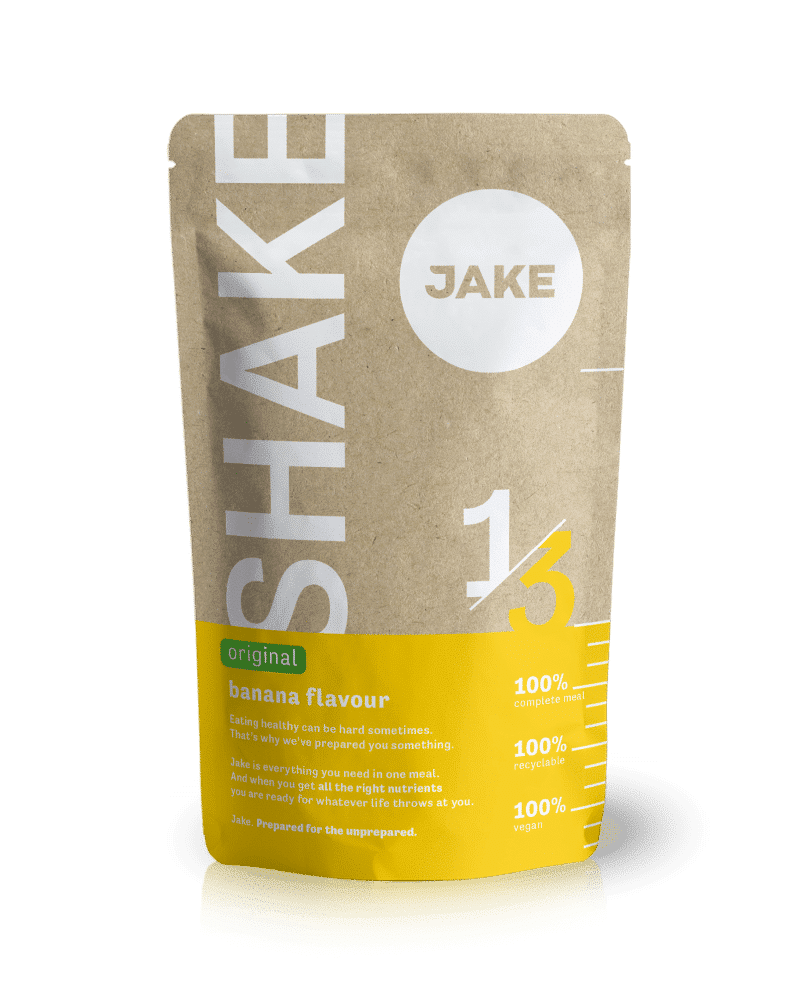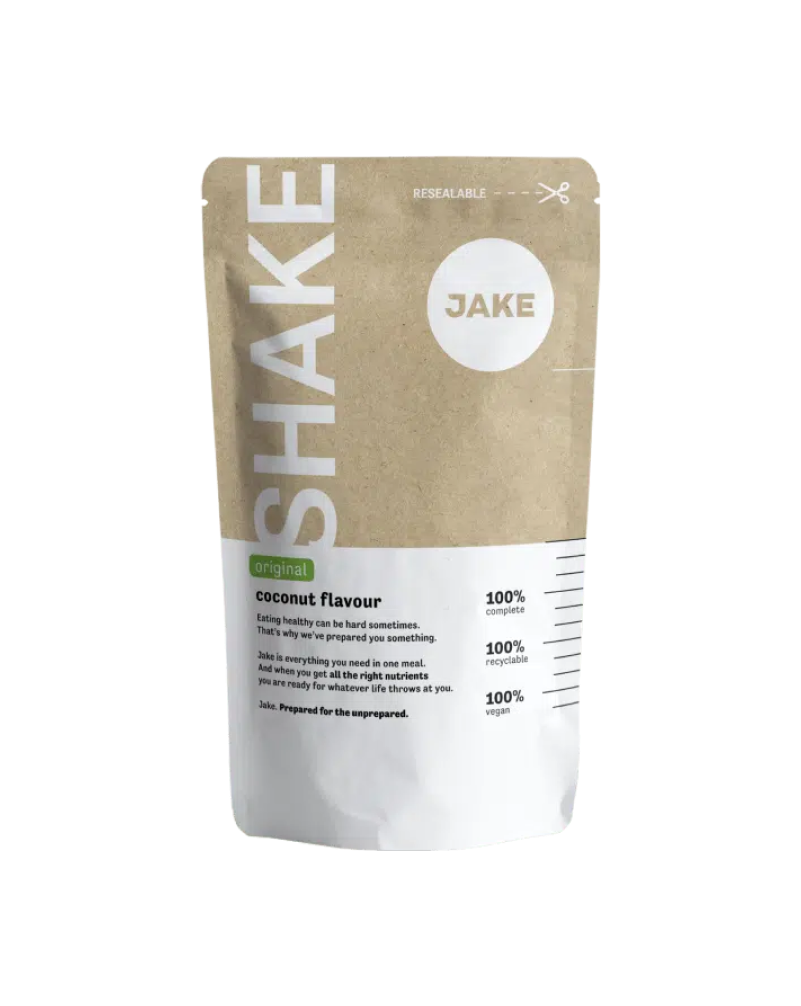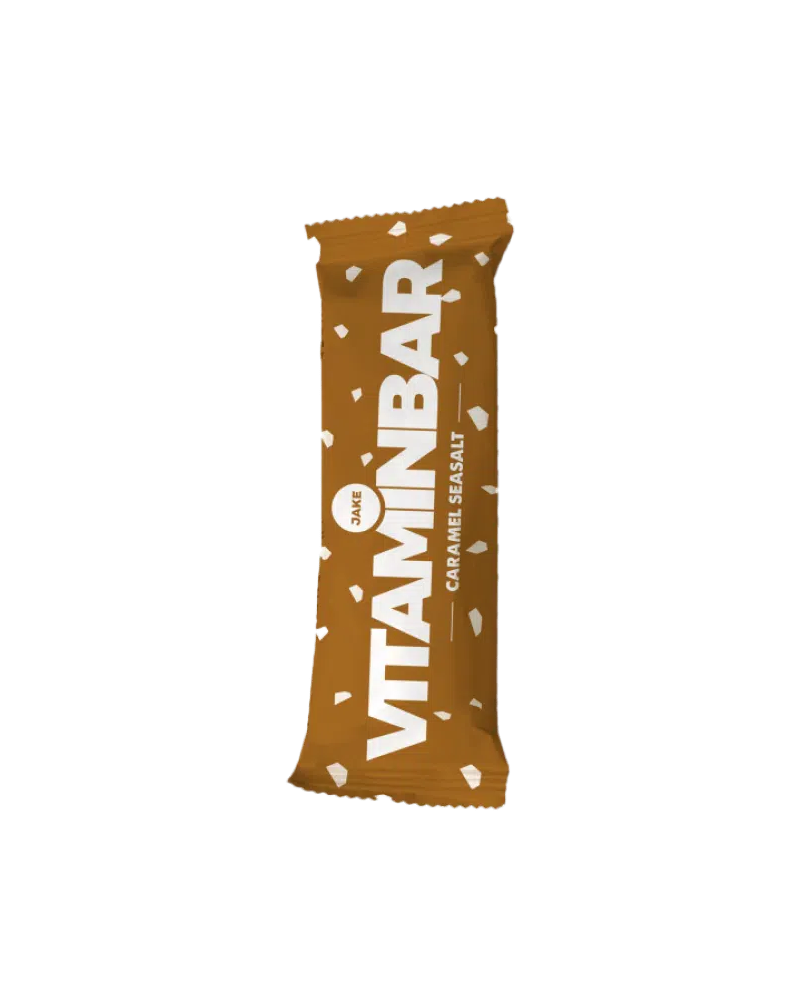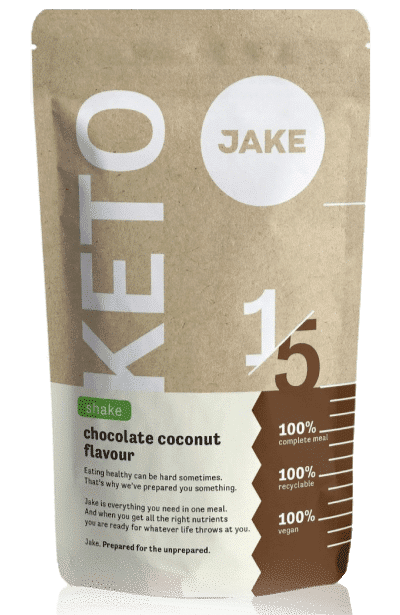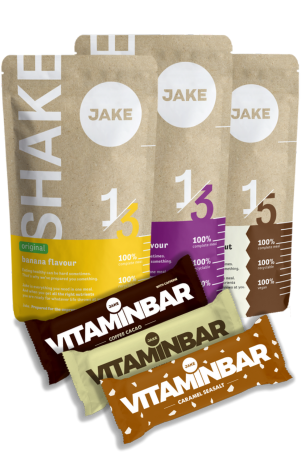Do you often suffer from muscle pain after a heavy training or competition? It gives some satisfaction while others can experience a lot of pain. In this blog you will find tips to prevent or relieve muscle pain.
What is Muscle Pain?
Muscle pain is characterized by tenderness and nauseous stabbing in the muscles. The severity of the stings is at its highest between days 1 and 2 after training and generally disappears after 5 to 7 days (1) (2). The origin of muscle pain has not yet been fully explained. But in general it can be said that a training impulse leads to a mechanical and chemical disturbance in the muscle cell, which causes muscle damage. After a few steps, this leads to inflammation as the immune system reacts to the damage to the muscle fibers and connective tissues (2-4). Waste products (especially lactic acid) also accumulate in the muscle. Muscle pain will occur less often with (the same type of) training, because your body trains to prevent or reduce the next muscle pain. Also called repeated bout effect (RBE) (5). The training is no longer unknown to your body.
Treat muscle pain
Optimizing the recovery of your muscles after a workout helps to improve your performance (6). In general, muscle damage treatments aim to reduce inflammatory activity. The effect behind this is a reduction of the space for edema and swelling. These treatments improve the transport of metabolites, neutrophils and available proteins from the muscle to the blood and reduce the amount of pain.
Massage
Massaging the muscles is an effective remedy for a number of reasons. Massaging raises the temperature of the skin and muscles, which promotes blood circulation and increases parasympathetic activity (part of the nervous system that influences the organs so that the body can enter a state of rest and recovery) (2).
To move
Movement appears to be a very efficient approach as a treatment for muscle pain (2). Performing certain movements involving the muscle with muscle pain is a good idea. This is partly due to the increased blood supply, which means that waste products can be better disposed of (3).
Anti-inflammatory drugs
Because inflammatory activity and edema play a role in muscle pain, anti-inflammatory drugs can provide treatment. Take ibuprofen as an example. The intake of anti-inflammatories would lead to a reduction in the inflammatory response and edema and ultimately provide pain relief (2). Taking an anti-inflammatory before exercise has been shown to be most effective (2). However, you should consider whether the use of anti-inflammatory drugs is worth it, because it can have a reduced effect on muscle growth (4). Using an anti-inflammatory to treat muscle soreness for a few times is not problematic and can reduce the pain.
Vitamin D
A deficiency of vitamin D can cause a higher risk of muscle pain (7). That is why it is important to check whether you are getting enough vitamin D.
Protein
Eating enough protein ensures that your muscles stay strong and fit. They contribute to the recovery of the muscles after a workout. Eating protein-rich foods gives your muscles the chance to recover and could reduce muscle pain (8).
One way to get your protein, vitamin D and water is by using one of Jake’s shakes. 400 ml fluid plus ~40 grams of protein!
Sources:
- Owens DJ, Twist C, Cobley JN, Howatson G, Close GL. Exercise-induced muscle damage: What is it, what causes it and what are the nutritional solutions? Eur J Sport Sci. 2019 Jan 2;19(1):71–85.
- Cheung K, Hume PA, Maxwell L. Delayed Onset Muscle Soreness: Treatment Strategies and Performance Factors. Sports Med. 2003;33(2):145–64.
- Dupuy O, Douzi W, Theurot D, Bosquet L, Dugué B. An Evidence-Based Approach for Choosing Post-exercise Recovery Techniques to Reduce Markers of Muscle Damage, Soreness, Fatigue, and Inflammation: A Systematic Review With Meta-Analysis. Front Physiol. 2018 Apr 26;9:403.
- Schoenfeld BJ. The Use of Nonsteroidal Anti-Inflammatory Drugs for Exercise-Induced Muscle Damage. Sports Med. 2012 Dec;42(12):12.
- Hyldahl RD, Chen TC, Nosaka K. Mechanisms and Mediators of the Skeletal Muscle Repeated Bout Effect: Exerc Sport Sci Rev. 2017 Jan;45(1):24–33.
- Peake JM. Recovery after exercise: what is the current state of play? Curr Opin Physiol. 2019 Aug;10:17–26.
- Series therapy of everyday complaints: Treatment of muscle pain. General Practitioner And Science, 61(5), 53-54 | 10.1007/s12445-018-0112-5. (May 2018)
- Muscle pain: you should and shouldn’t do this. (n.d.). Doctor And Care. https://www.artsenzorg.nl/blogs/algemeen/spierpijn
- Do you need to treat muscle pain? (2020, Sept 28). Milo Education. https://miloeducation.com/article/must-treat-you-musclepain-
